Reporting the Raj: The British Press and India c. 1880-1922
This highly original and lively study represents the first analysis of the dynamics of British press reporting of lndia and the attempts made by the British Government to manipulate press coverage as part of a strategy of imperial control.
The press was an important forum for debate over India’s future and was used by groups within the political elite to advance their agendas.Yet it also provided the wider British public with the information and images from which they formed their perceptions of the subcontinent. The repercussions of press reporting were therefore considerable, being felt not only in Britain, but also within lndia and the wider world. For this reason British imperial administrators felt the need to integrate press management with their approach to government.
Kaul focuses on a period of critical transition in the history of the Raj, one which witnessed the impact of the First World War, major constitutional reforms, the tragedy of the Amritsar massacre, and the launching of Gandhi’s mass movement. This period was also a watershed in official media manipulation, with the Government’s previously informal and ad hoc attempts to shape press reporting being placed on a more formal basis and explicitly incorporated into official strategy.
This book will be essential reading for students of the British Empire, Indian history and the British press. It also offers important insights for students of media and communications studies and the history of political communication - and indeed anyone concerned with understanding the ever-deepening relationship between politics and the mass media today.
Contents: 1. Introduction. I. The networks of information and communication: 2. Communications and the Indian empire. 3. Fleet Street and the Raj. II. Information management and imperial control: 4. Empire and news management: India and then London press, c. 1880-1914. 5. War and government publicity. 6. Edwin Montagu, publicity and news management at the India Office, 1917-22. III. Case studies, 1917-22: 7. ‘Bringing India to the fore’: selling Indian constitutional reform to Britain, 1917-18. 8. Managing the crisis? Fleet Street, government and the Jallianwallah Bagh massacre, 1919-20.
9. Ambassador of empire: the Prince of Wales’s tour, Fleet Street and government publicity, 1921-22. 10.Conclusion. Appendices. Bibliography. Index.
Get it now and save 10%
BECOME A MEMBER

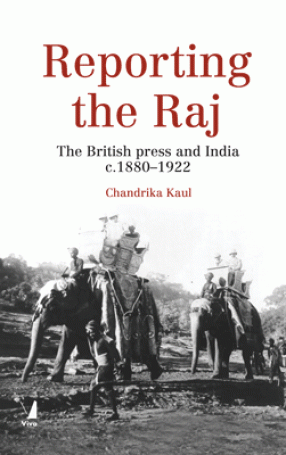
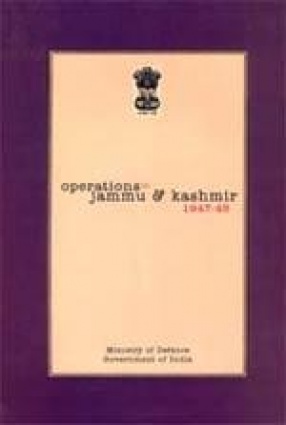
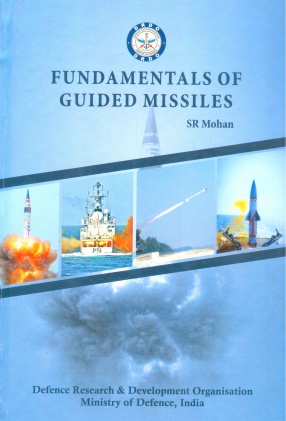
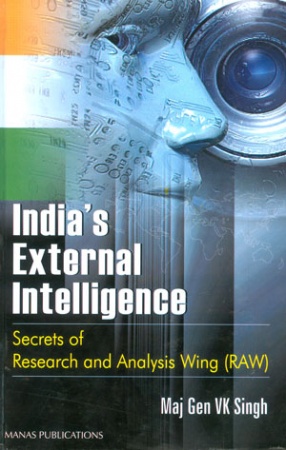
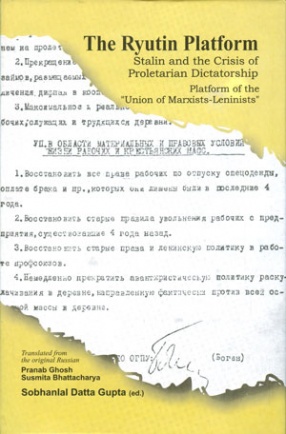

Bibliographic information